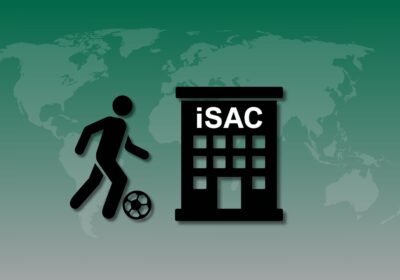Tampa relishes the chance to host 2017 National Championship

Raymond James Stadium's renovations include HD screens totaling 28,416 square feet, in order to improve the fan experience.
ORACLE PHOTO/ ZACH LOWIE
As the confetti settled on the jubilant heads of Nick Saban and the Crimson Tide as they hoisted the championship trophy inside University of Phoenix Stadium in Glendale, the college football season came to a close.
More importantly, it means Tampa is now on the clock.
It’s been 25 months since Tampa was selected to host the 2017 College Football Playoff (CFP) National Championship on Jan. 9, 2017. After being passed up for the inaugural title game in the spring of 2013, the Tampa Sports Commission stormed back with a stronger proposal when the decision came back around.
Tampa beat out San Francisco, San Antonio, Minneapolis, Jacksonville and Miami for the right to bring one of the premier events in all of sports — and its perks — to the Bay Area.
One of the masterminds behind bringing a title game to the Bay Area, Tampa Sports Commission Executive Director Rob Higgins, spoke with the Tampa Bay Times earlier this week on just how much planning went into making their dream a reality.
“Really anything and everything that goes into making a major event like this a success,” Higgins told The Times. “We want to try to get an understanding at a very high level of all of the details going on so we can take the best of what we learn and try to perfect it one year from now.”
Higgins, a USF graduate, said he took dozens of pages of notes and hundreds of pictures in preparation for next year’s championship game.
Most of the smaller accommodations have already been set in motion, according to The Times.
CFP Executive Director Bill Hancock told The Times that his staff began looking forward to Tampa months ago, only taking a break to focus on this year’s National Championship in Glendale.
“I think a lot of the foundational elements of what you can expect a year from now have already been put into place,” Higgins told The Times. “We're just going to continue to evolve as we get closer.”
One of the major projects that enabled the Tampa Sports Commission the right to host a game of this magnitude has yet to begin — an $87 million renovation to Raymond James Stadium where the game is to be held.
Before the 65,890-seat stadium that has housed Super Bowl XLIII can be filled to the brim with college football faithful, upgrades need to be made.
The pricey additions include high-definition video boards, state-of-the-art sound systems and upgrades to concessions.
Pairing the 9,600 square-foot video boards that will rest in each end zone with four video tower displays in each corner of the stadium, Raymond James Stadium will be the third largest video display area of 32 NFL teams.
In the end, the money is well spent to bring an event of this magnitude to the Bay Area, which can bring in millions in revenue.
Another benefit — closer to home — is that USF football, which plays their home games in Raymond James Stadium, will reap the benefits without spending a dime.
With Glendale now empty, the road to the 2017 championship crown runs through Tampa.
—Follow on Twitter @JacobHoagUSF







